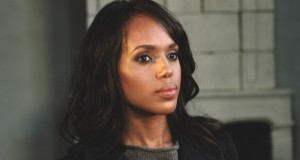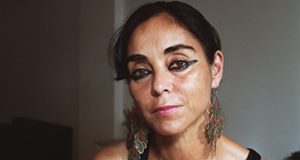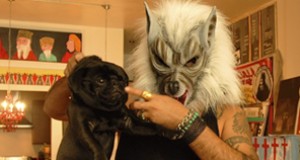
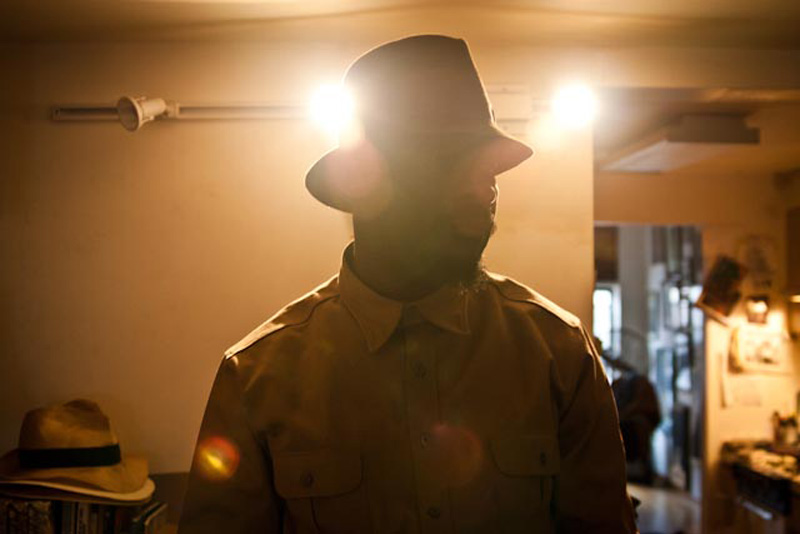
Andrew Dosunmu
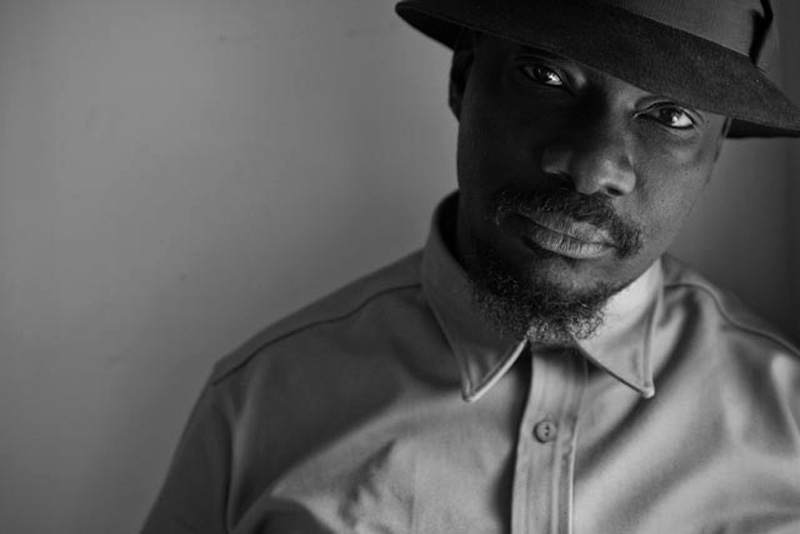
Andrew Dosunmu
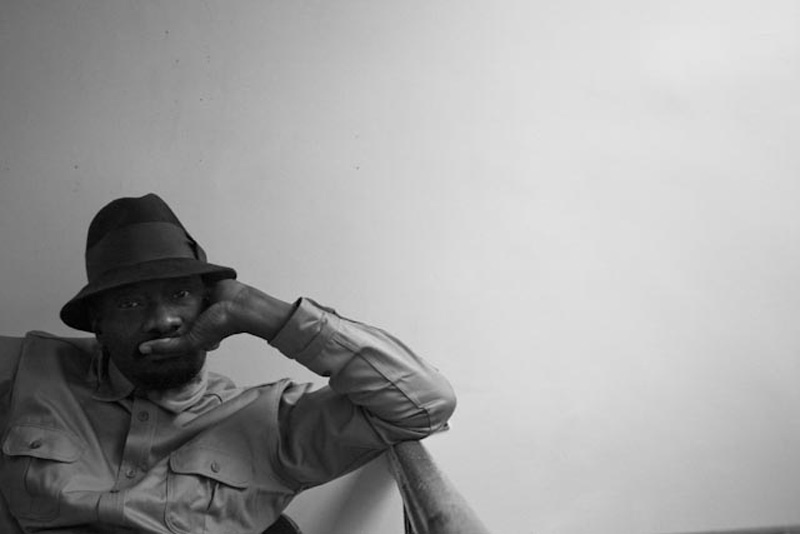
Andrew Dosunmu

Andrew Dosunmu
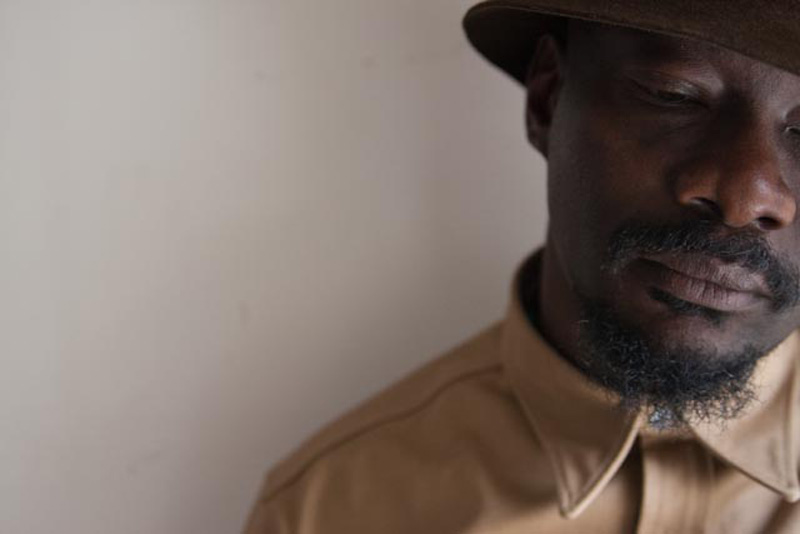
Andrew Dosunmu
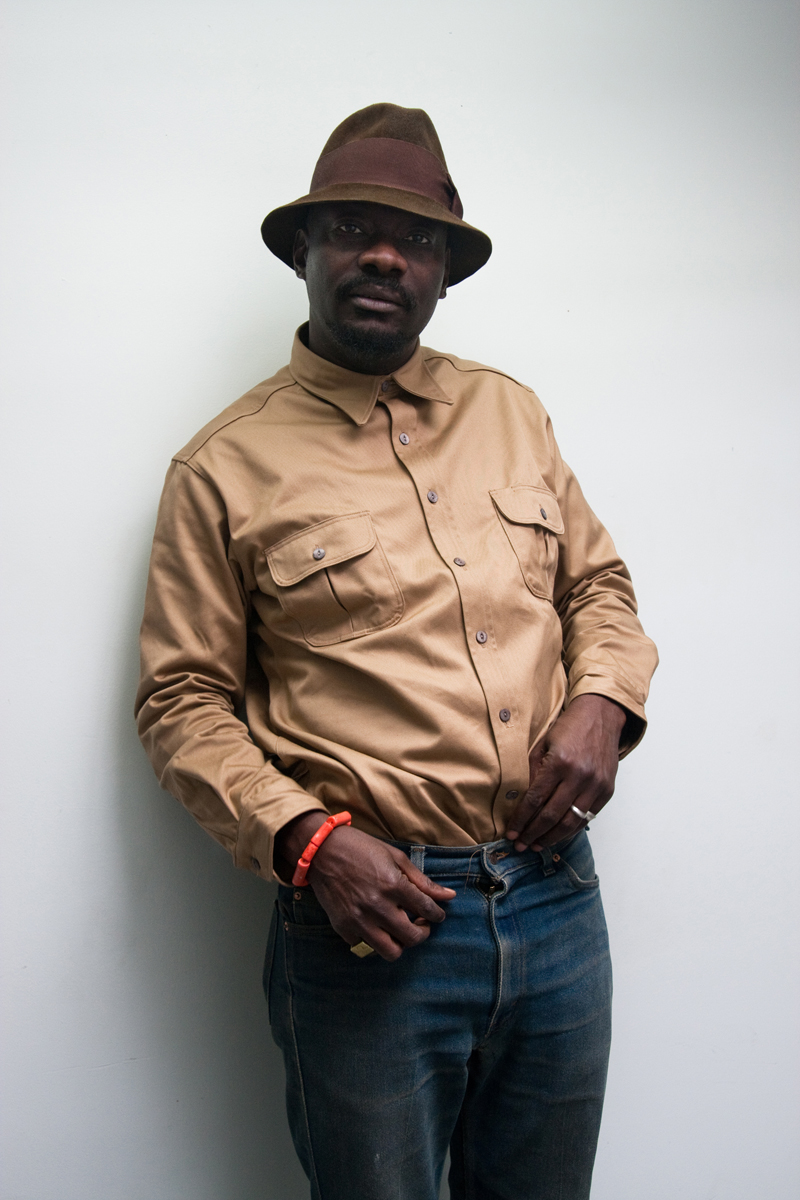
adosunmu-2
A Protegee of Yves Saint Laurent, Nigerian-born photographer and filmmaker Andrew Dosunmu creates his own New Wave.
Written by Michael A. Gonzales / Photographed by Keisha Scarville
“Where I come from people worked, they did real jobs,” laughs Nigerian filmmaker and photographer Andrew Dosunmu. Dressed in stylish plaid pants, gray long-sleeved shirt and a brown felt hat, he lounges in the warmth of a SoHo coffee shop a month before his much-anticipated feature debut Restless City premieres at Sundance Film Festival.
Selected for the festival’s innovative and original work in low and no-budget filmmaking category, Restless City starring Tony Okungbowa, the dj from The Ellen DeGeneres Show, already has a major buzz. “The genesis of Restless City was born out of my frustration with trying to make another film (Mother of George) that I was having problems getting financed,” Dosunmu explains. “I got tired of waiting for things to happen. My thought was, ‘I’m a filmmaker, I should be making films.’ I just wanted to create something.”
Teaming up with friend and screenwriter Eugene M. Gussenhoven, the pair set out to tell a different kind of immigrant story. “Living in Harlem, these characters are young adults who come to New York from Africa to get theirs. America is where dreams are made, but New York City is where Run-DMC was born.”
Dosunmu, who directed the award-winning documentary Hot Irons about competitive hair styling in the inner city in 1999, insists that Restless City, the story of an African immigrant surviving on the fringes of New York City is not autobiographical, but his life experiences have clearly left him with an understanding of the do-it-yourself aesthetic that many New York newcomers must adopt to be successful in the city of ambition.
“In this film, I try to explore the consequences of displacement,” he explains. “There can be such a restlessness in this metropolis, because it’s a constant hustle just to provide and survive.”
In 1994, when I first met Dosunmu, the former design assistant for Yves Saint Laurent in Paris had come to Atlanta styling Public Enemy for a Vibe magazine article penned by Kevin Powell. Grinning, he says, “I remember that day; I put Flavor Flav in a cool plastic raincoat. I’ve always loved images and in the beginning of my career styling was the closest I could get to photography.”
Between sips of coffee, Dosunmu says, “Fashion got me into shooting pictures. Although I am a self-taught photographer, when I was styling, I worked with some great ones that I learned from; they were inspiring.”
Says former Vibe photo editor George Pitts, “Andrew and (photographer) Geoffrey de Boismenu came to me around 1993 and together they collaborated in the production of enduring images. His styling capability at that moment in time was prescient. He has an awesomely wide range of cultural references that inform his work, whether he is styling, making films or simply elaborating on his sense of visual detail.”
In addition, Dosunmu’s work has been published in Vogue, Ebony, i-D, and The Face. Along with contemporaries Marc Baptiste, Daniel Hastings and Barron Claiborne, the images that Dosunmu contributed to various publications helped to redefine “urban” photography in major magazines, album covers and advertising.
“What makes a good picture is not just about snapping it,” explains Dosunmu, who isn’t a fan of the digitalization of the medium. “It’s about reflecting and editing, and these things take time. In the digital era, it seems to be more about instant gratification.”
Styling and photography kept Dosunmu from having to wait tables when he relocated to New York, and he was able to experiment with filmmaking; shooting Super-8 shorts of his friends, one that was luckily passed on to Virgin Records. Much to his surprise, in 1995 Virgin hired him to direct the video clip “Funky Junky” for Isaac Hayes.
Although “Funky Junky” was an instrumental, Dosunmu shot beautiful black and white footage of New York City street scenes (subways and streets, models and mirror shades) that perfectly complimented Hayes’ music. Playful and energetic, the video was reminiscent of auteurs Jean-Luc Godard, François Roland Truffaut and Melvin Van Peebles.
“For me, it all begins with an image,” states Dosunmu. Creating his own “new wave” that is gritty and real, often using real folks instead of stock fashion models or video girls, the work was the anti-everything that Hype Williams was doing during the same period.
Dosunmu has directed groundbreaking videos for Maxwell (“Matrimony”), Manic Street Preachers (“Let Robson Sing”), Angie Stone (“No More Rain”), Porno for Pyros (“100 Ways”) and Common (“The 6th Sense). “If revolution was a movie, Andrew Dosunmu would be its theme music,” Common told a writer in 2003. “A reactionary by nature, Dosunmu instinctively thinks outside the box and is intensely passionate about shaking things up.”
Still, while all of Dosunmu’s videos are quite memorable, the man himself especially treasures his collaborations with Guru. “I worked with him a few different times. We did a video for the Jazzmatazz project (“Feel The Music”), a track with him and Kalis (“Supa Love”) and I shot him for Paper magazine. That was my boy, my brother and an amazing man; he was a very cool.”
New York photographer Richard Louissaint, who first met Dosunmu in 2002, considers himself a fan. “What really appealed to me about Andrew’s work is his documentary style, which captures the character of his subjects perfectly.”
Andrew, alongside his wife and two children, whom he credits with keeping him grounded, travels back to his homeland often; still, the Africa that he sees through his cameras lens is not the same Africa that many Western photographers capture in their work.
In Dosunmu’s 2006 coffee-table book The African Game (Powerhouse), a collaboration with his friend and former Fader editor Knox Robinson, he set-out to depict, “the Africa that I know: kids on the beach, families in the street, boy meets girl.”
In other words, Dosunmu’s homeland has much more to offer than flies crawling on a baby’s face. “Many photographers seem to enjoy dwelling on the misery of the country,” he says, disgusted. “To me, those kinds of pictures lack imagination.”
Glancing at his watch, Dosunmu tells me he is headed to Williamsburg, Brooklyn to continue working on the Restless City edit. “To me, it’s all about the work and my growth as a filmmaker. My main goal is not to disappoint my ancestors.” With captivating images and rich style, I’m sure the ancestors are quite pleased.
BIO: Journalist Michael A. Gonzales writes for The London Telegraph, New York and Vibe. His essay on pioneering noir writer Chester Himes appears in Best African-American Essays 2010. He blogs @ blackadelicpop.blogspot.com.
